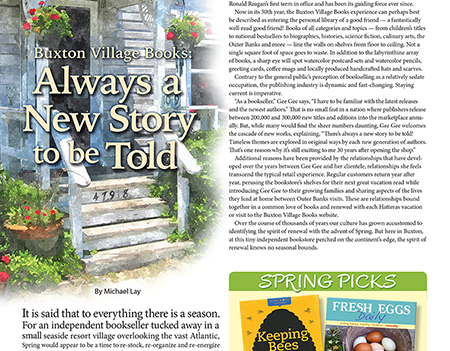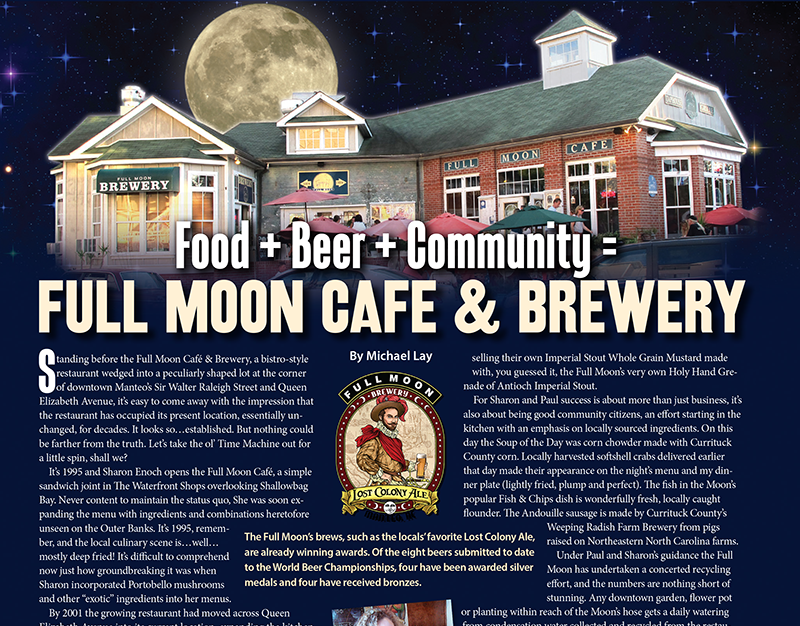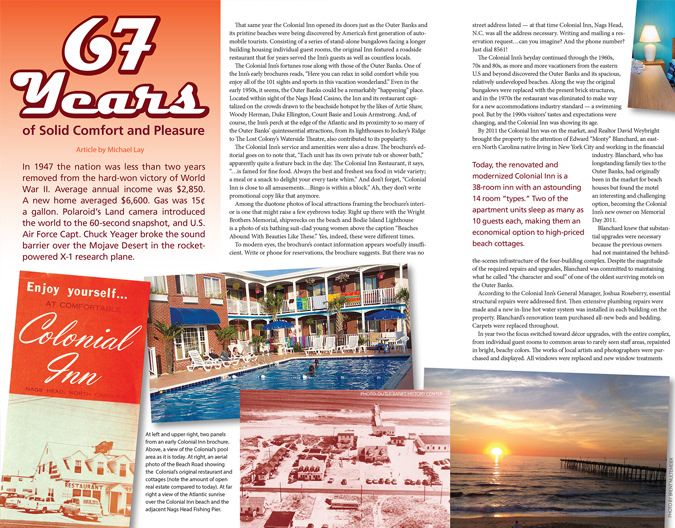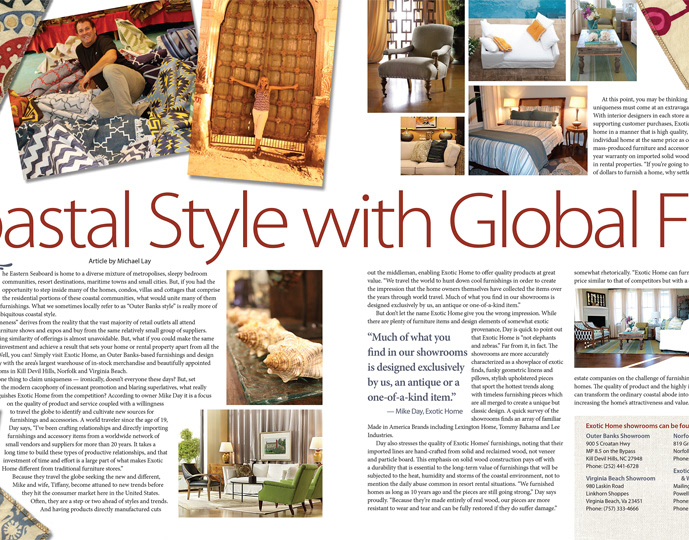by Michael Lay
One of the defining characteristics of humanity is the creation of art. Whether it be tattoos, bodypainting or other personal adornment, jewelry making, the carving of fertility symbols and other religious iconography, or scribing images of Stone Age beasts onto cave walls deep within the belly of the earth, our creative fires have been burning for a long time. Current research suggests the artistic urge goes as far back as 100,000 years or more.
For most of this time the creation of art, whether visual or storytelling performance or dance, was an inextricable part of a people’s culture, explaining how they came to be and pondering the mysteries of the challenging and often threatening world surrounding them. The creation of art was not, to these people, a luxury. It was as necessary as the hunting and gathering required to feed the clan. Art was sustenance for the soul and the spirit, a way of knowing the world and one’s place within it beyond the basic sensory level.
When I was a young teenager it was not unusual for a group of friends to gather in someone’s dark basement, den or bedroom and listen to albums. As dated as this sounds — and to some it may sound positively caveman-ish — it was, in fact, only a few short decades ago. Still, it cannot be denied that the practice had a definite connection to our deep art-making and art-witnessing past. In those dark rooms we listened…really listened…to the music in a way in which few do today. Nowadays, art — and especially music — is too often perceived as merely a commodity, something to provide a complementary backdrop to furniture or a buffering white noise in the home or office. The transcendence of art is too frequently unappreciated, not because it is missing, but because we do not give art its due, its respect as something essential in our lives.
My Christmas gift to myself this past holiday season was a mini-vacation to North Carolina’s Triangle area (Raleigh, Durham, Chapel Hill) to see the traveling exhibition of Spanish artist Joan Miró’s later works at Duke University’s Nasher Museum. Miró’s surrealist, expressionistic canvases and sculptures are not for everyone. They are decidedly modernist, sometimes quite abstract, and the kind of creations referred to by the uninitiated as belonging to the “My toddler could do that!” school of art.
But standing before these intensely colorful, expansive canvases (often I was only inches from the painted surface) the viewer is forced to confront the purpose behind each brushstroke, each color choice, to account for deviations from the underlying sketch, to acknowledge a mind at work. In such close proximity, the paintings suddenly are more stunning, more impressive, more loaded with meaning and, simultaneously, less intimidating. The sculptures somehow appear to have been created only yesterday while also possessing the cryptic gravitas of ancient religious icons — at once contemporary and 8,000 years old. But these were not the works of an art god, each perfect from its very incarnation. This was not an exhibition of the unattainable. No. It was a collection of brilliant works conceived, sketched, redrawn, painted, sculpted, revised, revised again and again and finally named and presented to the world by a man, a very talented, dedicated and mystical man, but just a man, nonetheless. And for me, it was a reconnection with the act of creation as a sacred experience, the way it once was for all of us.
Take a friend or your spouse or child and go see some art. Attend the theatre. Spend an evening in the company of musicians. And maybe, just maybe, experience something transcendent in the process.
For most of this time the creation of art, whether visual or storytelling performance or dance, was an inextricable part of a people’s culture, explaining how they came to be and pondering the mysteries of the challenging and often threatening world surrounding them. The creation of art was not, to these people, a luxury. It was as necessary as the hunting and gathering required to feed the clan. Art was sustenance for the soul and the spirit, a way of knowing the world and one’s place within it beyond the basic sensory level.
When I was a young teenager it was not unusual for a group of friends to gather in someone’s dark basement, den or bedroom and listen to albums. As dated as this sounds — and to some it may sound positively caveman-ish — it was, in fact, only a few short decades ago. Still, it cannot be denied that the practice had a definite connection to our deep art-making and art-witnessing past. In those dark rooms we listened…really listened…to the music in a way in which few do today. Nowadays, art — and especially music — is too often perceived as merely a commodity, something to provide a complementary backdrop to furniture or a buffering white noise in the home or office. The transcendence of art is too frequently unappreciated, not because it is missing, but because we do not give art its due, its respect as something essential in our lives.
My Christmas gift to myself this past holiday season was a mini-vacation to North Carolina’s Triangle area (Raleigh, Durham, Chapel Hill) to see the traveling exhibition of Spanish artist Joan Miró’s later works at Duke University’s Nasher Museum. Miró’s surrealist, expressionistic canvases and sculptures are not for everyone. They are decidedly modernist, sometimes quite abstract, and the kind of creations referred to by the uninitiated as belonging to the “My toddler could do that!” school of art.
But standing before these intensely colorful, expansive canvases (often I was only inches from the painted surface) the viewer is forced to confront the purpose behind each brushstroke, each color choice, to account for deviations from the underlying sketch, to acknowledge a mind at work. In such close proximity, the paintings suddenly are more stunning, more impressive, more loaded with meaning and, simultaneously, less intimidating. The sculptures somehow appear to have been created only yesterday while also possessing the cryptic gravitas of ancient religious icons — at once contemporary and 8,000 years old. But these were not the works of an art god, each perfect from its very incarnation. This was not an exhibition of the unattainable. No. It was a collection of brilliant works conceived, sketched, redrawn, painted, sculpted, revised, revised again and again and finally named and presented to the world by a man, a very talented, dedicated and mystical man, but just a man, nonetheless. And for me, it was a reconnection with the act of creation as a sacred experience, the way it once was for all of us.
Take a friend or your spouse or child and go see some art. Attend the theatre. Spend an evening in the company of musicians. And maybe, just maybe, experience something transcendent in the process.










